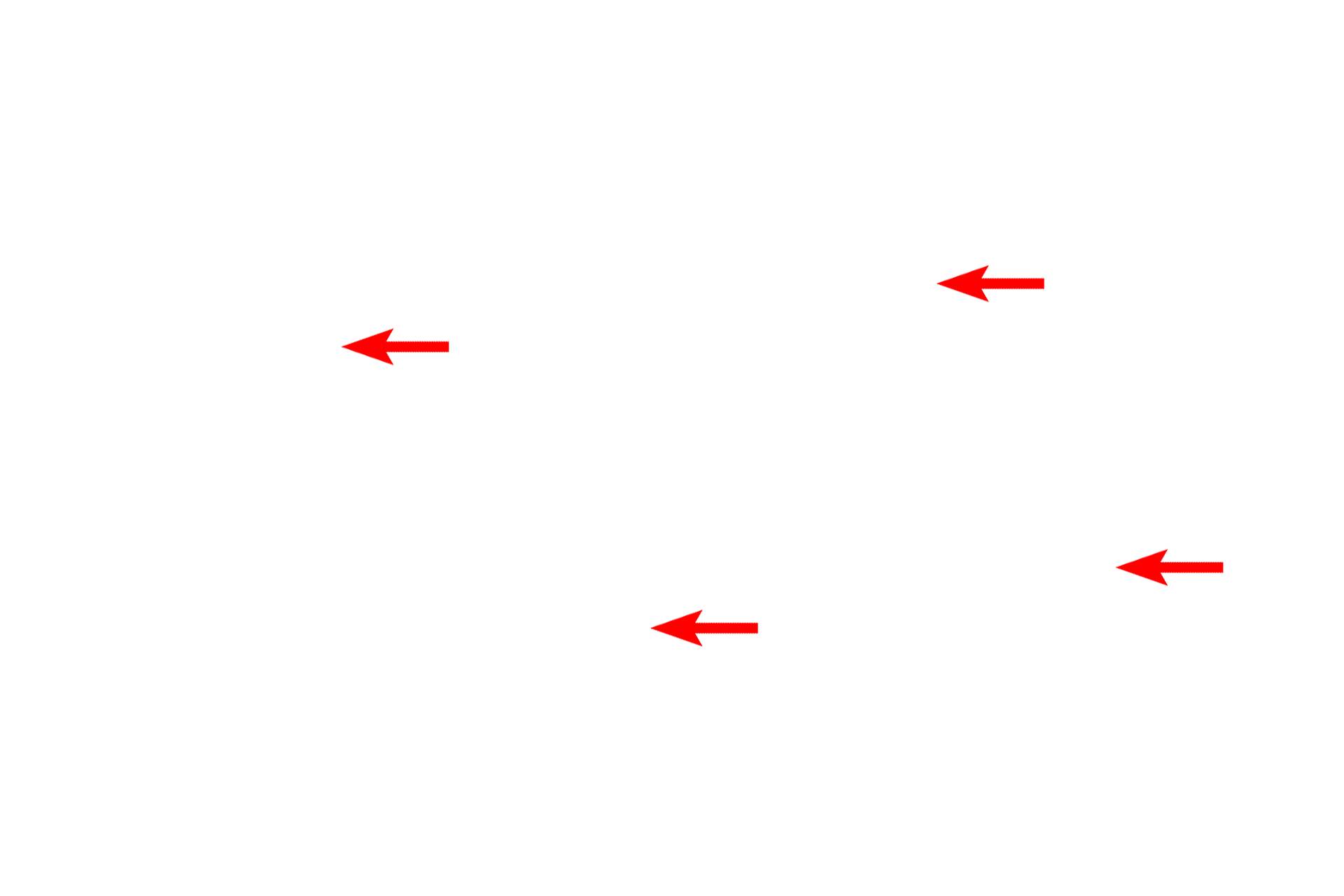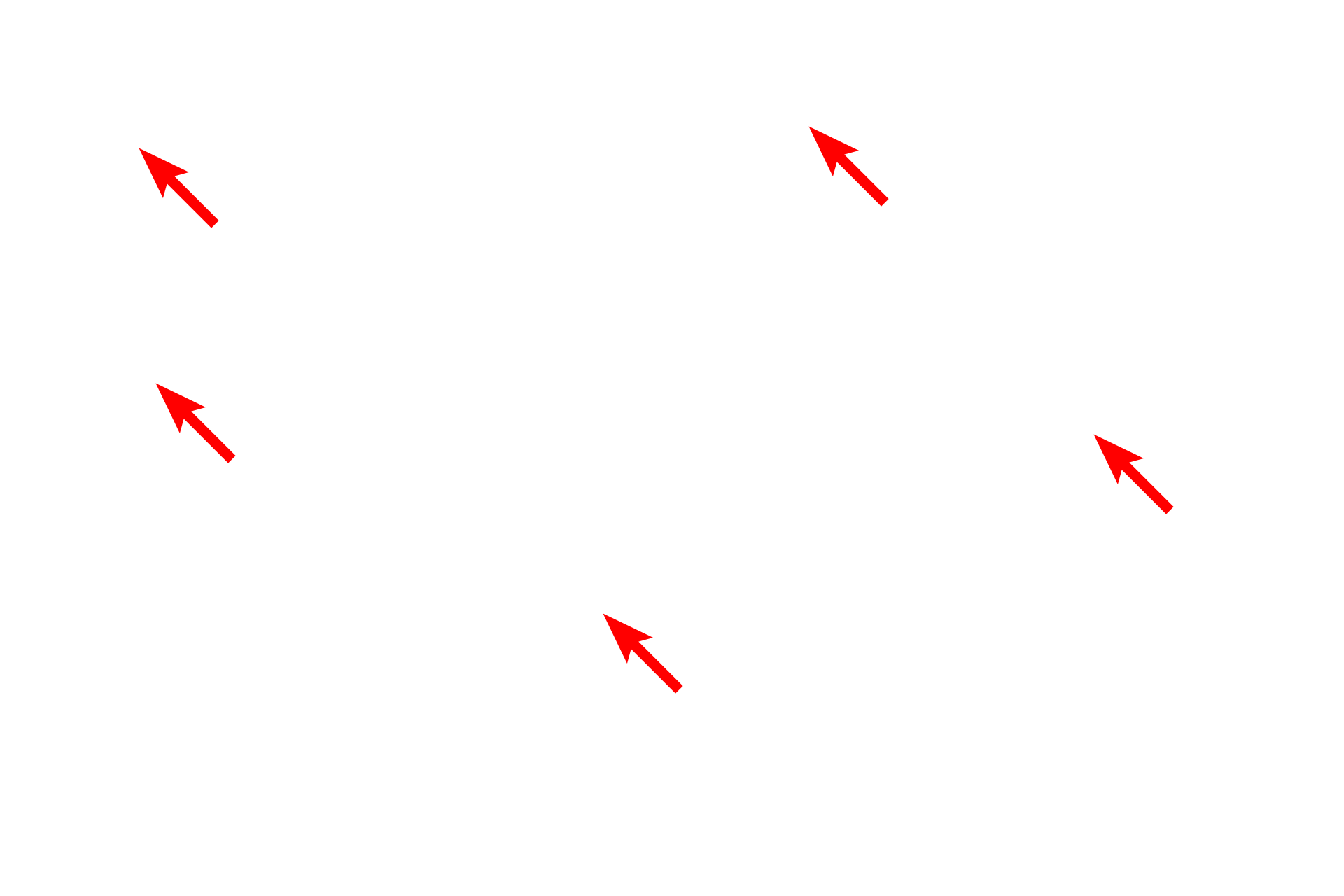
Reticular fibers
Reticular fibers are composed of Type III collagen and require special stains to be clearly identified. Reticular fibers stain with silver (seen here) as well as PAS since they are glycosylated. Reticular fibers are quite thin and they branch, forming a meshwork that provides the stroma for lymphatic organs (except thymus), endocrine organs and liver. They also surround muscle cells, adipocytes, nerves and blood vessels. Lymph node 400x

Reticular fibers
Reticular fibers are composed of Type III collagen and require special stains to be clearly identified. Reticular fibers stain with silver (seen here) as well as PAS since they are glycosylated. Reticular fibers are quite thin and they branch, forming a meshwork that provides the stroma for lymphatic organs (except thymus), endocrine organs and liver. They also surround muscle cells, adipocytes, nerves and blood vessels. Lymph node 400x

Lymphoid tissue
Reticular fibers are composed of Type III collagen and require special stains to be clearly identified. Reticular fibers stain with silver (seen here) as well as PAS since they are glycosylated. Reticular fibers are quite thin and they branch, forming a meshwork that provides the stroma for lymphatic organs (except thymus), endocrine organs and liver. They also surround muscle cells, adipocytes, nerves and blood vessels. Lymph node 400x